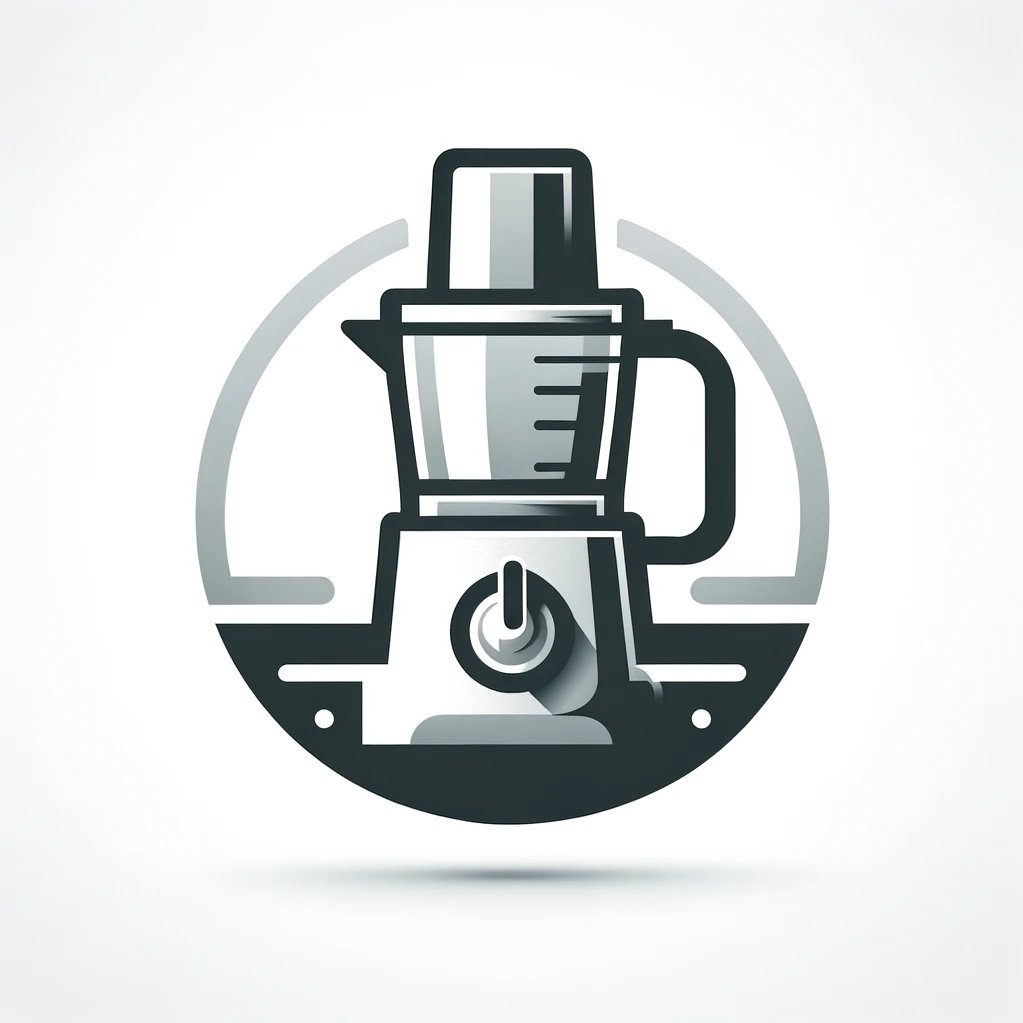If you’re a food lover or someone who spends a lot of time in the kitchen, chances are you have a food processor. These versatile appliances make chopping, slicing, and pureeing ingredients a breeze. But before you put your ingredients in and hit the power button, it’s important to know the precautions to keep in mind. From ensuring the machine is properly assembled to avoiding overfilling the bowl, this article will guide you through the essential precautions for using a food processor. Let’s dive right in!
CHECK OUT FOOD PROCESSORS AND VEGETABLE CHOPPERS ON AMAZON
Precautions for Using a Food Processor
Using a food processor can greatly simplify meal preparation and cooking, but it is important to take certain precautions to ensure safety and optimal performance. By following these guidelines, you can enjoy the benefits of a food processor without any mishaps.
CHECK OUT FOOD PROCESSORS AND VEGETABLE CHOPPERS ON AMAZON
Read the Instruction Manual
The first and most important step when using a food processor is to read the instruction manual provided by the manufacturer. This manual contains valuable information about the proper usage, safety guidelines, and maintenance requirements of your specific food processor model. Familiarizing yourself with this information will help you operate the appliance safely and avoid any potential accidents.
Inspect the Appliance
Before using your food processor, it is essential to inspect it for any damage or defects. Check the appliance thoroughly to ensure that all parts are present and in good condition. Look for any cracks, dents, or loose components. Additionally, confirm that the power cord and plug are intact and free of any fraying or exposed wires. If you notice any faults or defects, avoid using the appliance and contact the manufacturer for assistance or repairs.
Ensure Proper Assembly
To ensure safe and efficient operation of your food processor, it is crucial to assemble it correctly. Make sure all parts fit together securely and align properly. The bowl and lid should be securely attached, and the blades should be properly affixed. Most food processors are equipped with safety locks that engage when the appliance is assembled correctly, so ensure that all locks are engaged before turning on the appliance.
Use the Right Bowl and Blade
Choosing the correct bowl and blade for your food processor is essential to achieve optimal results. Different recipes and tasks require different sizes and types of bowls. Be sure to select the appropriate size of bowl for the amount of food you are processing. Similarly, use blades that are designed for the task at hand. Using the wrong bowl or blade may lead to inefficient processing or even damage to the appliance.
Avoid Overloading
Overloading your food processor can put excessive strain on the motor, leading to poor performance or even motor overheating. It is crucial to follow the capacity guidelines provided by the manufacturer. If you need to process a large amount of food, do it in batches to avoid overloading the appliance. Additionally, avoid forcing ingredients into the bowl if they don’t fit comfortably. Taking these precautions will ensure that your food processor functions optimally and has a longer lifespan.
Use the Pulse Function
Most food processors are equipped with a pulse function that allows you to control the processing time and speed. This function is particularly useful when you want to chop or blend ingredients to a specific texture or consistency. By utilizing the pulse function, you can prevent overprocessing and achieve the desired results. Remember to observe the texture and consistency of the food as you pulse to ensure you do not over-process it.
Handle and Clean with Care
When handling your food processor, it is essential to take precautions to avoid any accidents or injuries. Always turn off and unplug the appliance before handling or making any adjustments. Use oven mitts or kitchen towels to protect your hands from any sharp edges that may be present. After use, clean the components of the food processor according to the instructions provided by the manufacturer. It is important to avoid immersing the motor base in water, as it can damage the electrical components.
Unplug When Not in Use
To prevent any accidental activation and to conserve energy, it is advisable to unplug your food processor when it is not in use. This will also protect the appliance from any power surges or fluctuations that may occur. By disconnecting your food processor from the power source when not in use, you can ensure that it remains safe and ready for use when needed. Additionally, store the appliance in a safe location, away from moisture or other potential hazards.
Keep Children Away
As with any kitchen appliance, it is essential to keep children away from the food processor. The powerful motor and sharp blades can pose a significant danger to curious little ones. Ensure that your food processor has childproof safety measures in place, such as safety locks or tamper-resistant features. Store the appliance out of the reach of children and do not allow them to use it unsupervised. By taking these precautions, you can prevent accidents and ensure the safety of your children.
In conclusion, using a food processor can be a great time-saving tool in the kitchen, but it is crucial to prioritize safety and take certain precautions. By reading the instruction manual, inspecting the appliance, ensuring proper assembly, using the right bowl and blade, avoiding overloading, utilizing the pulse function, handling and cleaning with care, unplugging when not in use, and keeping children away from the food processor, you can enjoy the benefits of this versatile kitchen appliance without any incidents. Always remember to prioritize safety and follow the manufacturer’s guidelines for the best and safest experience with your food processor.
